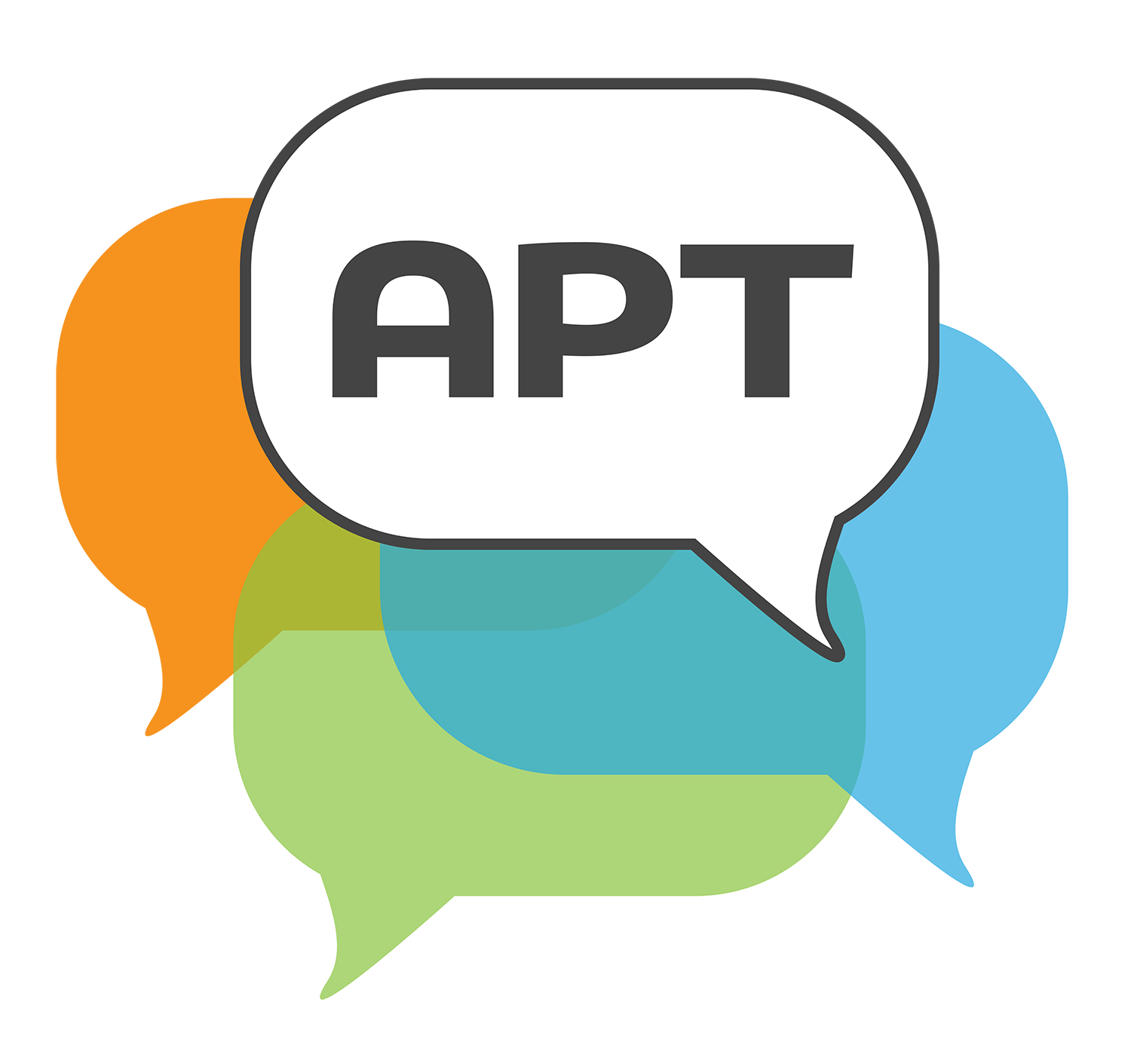Categorizing Words that end with -ING
Language Arts • Grade 2
Selected segments with commentary below » Full video viewable here.
In this segment, we see the teacher setting students up for a card sort they will do in pairs by establishing a common understanding of the task. She asks what they remember about the card sort they had done on the previous day, giving the responding students an opportunity to formulate and express their thoughts, and all students a refresher.
The teacher had a choice to make: she could send students into groups immediately to sort the cards, or she could have students propose a grouping to the whole class. By choosing the latter, students who may be less clear about the task or who may have difficulty generating ideas about classification can have the activity modeled by other students before they undertake the task in their pairs. Notice that the teacher has put herself in a role of facilitator of the students’ thinking; she never makes an effort to steer them in a direction and refrains from commenting on whether she likes a particular grouping. She gives students ownership of the task.
Students in this clip have very different and interesting ideas about how to choose categories. Without talking to each other, students would only have the benefit of their own ideas. One student suggested that “snapping,” which can be used to mean “I agree,” is a form of normal talk. This is the kind of analysis and explaining that deepens the speaking students’ thinking and offers a new idea to the listening student. In this case, the listener disagrees that this is “speaking.” He suggests it should be paired with waving, in a category of things you do with your hands.
When the students decide that “things that are annoying” is a worthwhile category, two ideas emerge: (1) annoying is in the eye of the beholder: Raining was annoying to one student and not the other; (2) something that is not intrinsically annoying—waving—can be made to be annoying, happily demonstrated by one student waving in the other’s face (which she agreed was annoying). In these interactions, students are developing the kind of conditional thinking (waving can be annoying or not depending on how it is being done) and precision (snapping and waving communicate and are normal actions, but we can’t call them “speaking”) that sharpen students’ analytical skills and, eventually, will improve their test performance.
The second pair of students, whom we see only briefly, categorize the words according to whether the vowel sounds are long or short, allowing us to see the very different ways pairs of students are approaching the task. Notice that when the boy thinks they are finished, the girl tells him that they need to write in their journals. In classrooms in which APT is a common feature, students frequently help keep each other on track and work together to sort through challenges, significantly reducing the demand on the teacher.
Students in this segment, like the first pair, are sorting words according to meaning. Again, they are able to make arguments and challenge each other’s thinking. When the boy says that snapping can be done with your mouth, the girl challenges him. He does “clacking” with his tongue, but he admits that is not the same as snapping. One helps the other with the definition of squealing. One demonstrates that you can shake with your hands in response to the other's skepticism. As in the prior segment, one student calls the other’s attention to the directions: we have to reread them. They confirm the categories are correct, and one student suggests to the other that they take out their notebooks to record it—demonstrating once again that students can effectively keep each other on task rather than having the teacher do it. As a result, students have greater ownership of their own learning, and less autonomy is taken away from them because the teacher does not need to impose her authority.


